A new study published by an international multidisciplinary team of researchers including faculty at Binghamton University, State University of New York, documents the first case of Down syndrome in Neandertals and reveals that they were capable of providing altruistic care and support for a vulnerable member of their social group.
Tag: Anthropology
Easter Island’s ‘population crash’ never occurred, new research reveals
A detailed new analysis of Easter Island’s rock gardens by a research team including faculty at Binghamton University, State University of New York shows that a hypothetical “population crash” never occurred on the island.
Embargoed: Easter Island Agriculture Q&A
Join this virtual Q&A with Carl P. Lipo, PhD, Binghamton University, to discuss the upcoming embargoed paper about Easter Island agricultural and anthropology research.

Scientists Are Using Drones to Find Missing WWII Servicemen
Binghamton University Anthropology Professor Carl Lipo and Associate Professor of Geography Thomas Pingel are using the same technology used to locate Maya ruins amid the jungles of Guatemala to recreate the scene of the 1944 Battle of Guam in intricate detail, potentially leading to the recovery of missing servicemen.
There’s no ‘one size fits all’ when it comes to addressing men’s health issues globally
At a time when health resources are at a premium and need to be wisely allocated, health professionals must find points within men’s lives when it makes the most sense to intervene and advocate for preventive care for promoting better health outcomes.
Movement of crops, animals played a key role in domestication
Over the last 15 years, archaeologists have challenged outdated ideas about humans controlling nature. Writing in the Proceedings of the National Academy of Sciences, Xinyi Liu in Arts & Sciences at Washington University in St. Louis argues for a new conceptual bridge connecting the science of biological domestication to early food globalization.
Pandemic course improved COVID-19 knowledge, study finds
Early in the COVID-19 pandemic, more than 1,300 students enrolled in a three-week summer immersion course, “The Pandemic: Science and Society,” at Washington University in St. Louis.
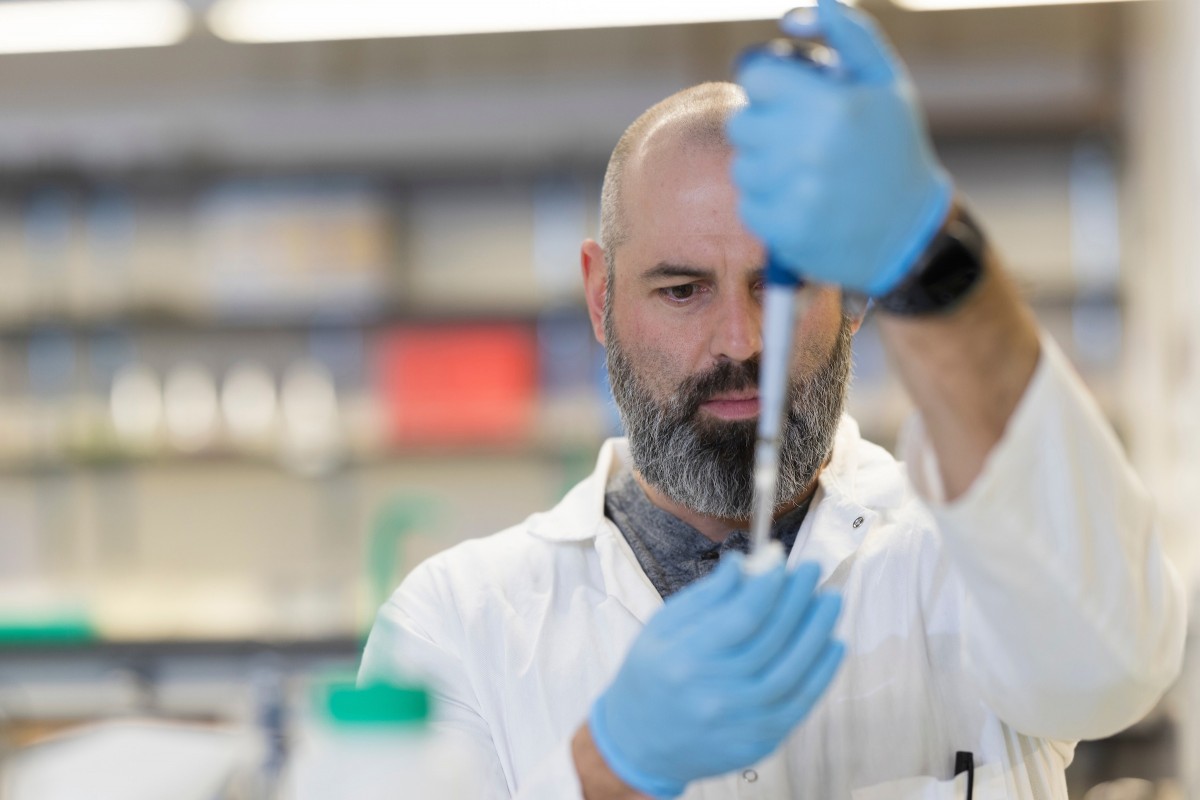
Scientists ID burned bodies using technique used for extracting DNA from wooly mammoths, Neanderthals
A technique originally devised to extract DNA from woolly mammoths and other ancient archaeological specimens can be used to potentially identify badly burned human remains, according to research from Binghamton University, State University of New York.
Artifact could be linked to Spanish explorer Coronado’s expedition across Texas Panhandle
It’s a small piece of obsidian, just over 5 centimeters long, likely found on a hard-scrabble piece of ranchland in the Texas panhandle. But when SMU anthropologist Matthew Boulanger looks at it, he gets a mental image of Spanish explorer Francisco Vasquez de Coronado making his way across the plains more than 470 years ago in search of a fabled city of gold.

Did neanderthals use glue? Researchers find evidence that sticks
Neanderthals created stone tools held together by a multi-component adhesive, a team of scientists has discovered.
Did Eurasia’s dominant East-West axis “turn the fortunes of history”?
Guns, Germs, and Steel (1997) is Jared Diamond’s Pulitzer Prize-winning effort to explain the contrasting histories of Native Americans, Africans and aboriginal Australians vs Europeans and Asians.
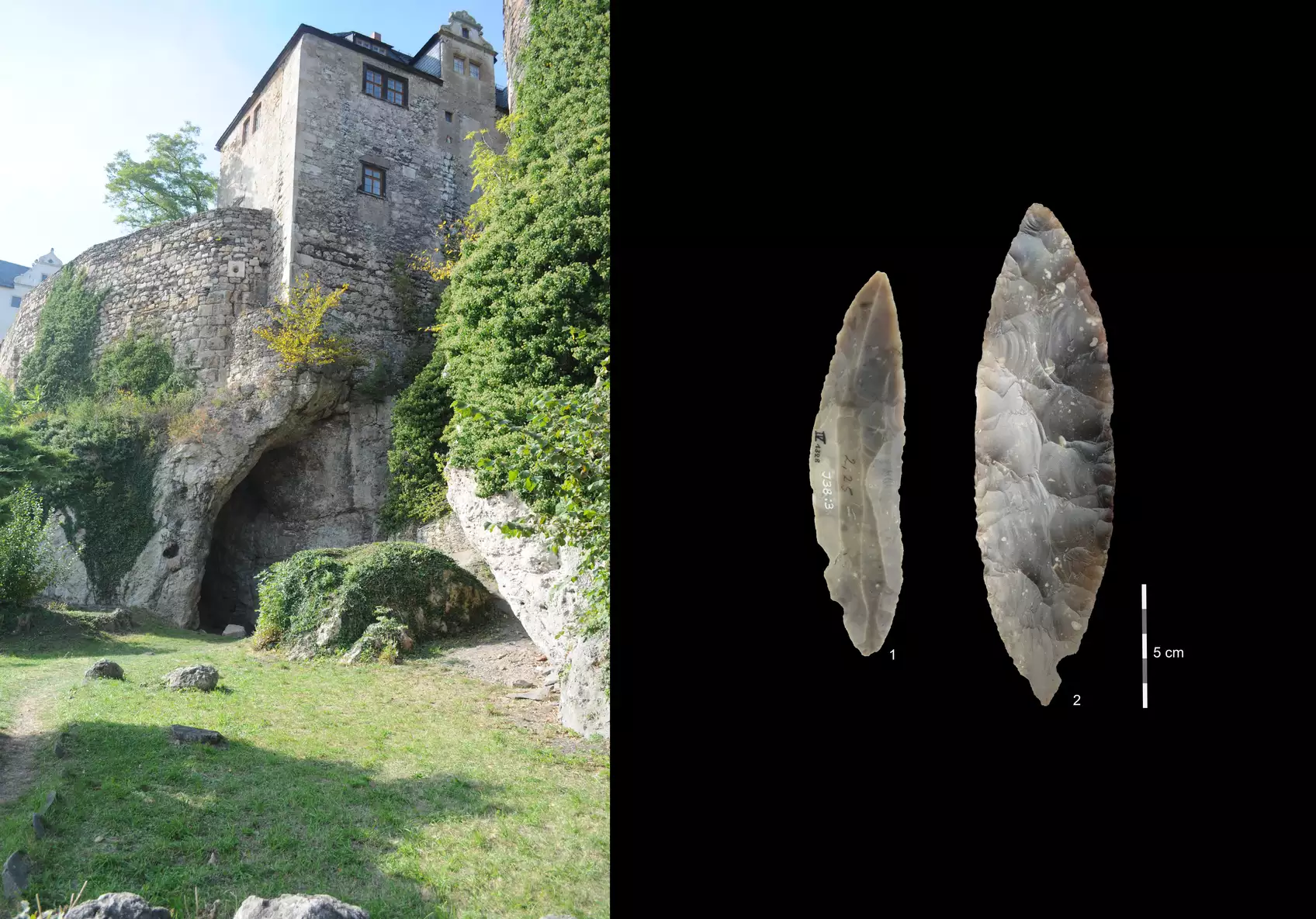
Homo sapiens already reached northwest Europe more than 45,000 years ago
An international research team reports the discovery of Homo sapiens fossils from the cave site Ilsenhöhle in Ranis, Germany. Directly dated to approximately 45,000 years ago, these fossils are associated with elongated stone points partly shaped on both sides (known as partial bifacial blade points), which are characteristic of the Lincombian-Ranisian-Jerzmanowician (LRJ).
How did humans learn to walk? New evolutionary study offers an earful
The inner ear of a 6-million-year-old fossil ape reveals clues about the evolution of human movement.
Illinois expert argues Ancient Maya reservoirs offer lessons for today’s water crises
University of Illinois anthropology professor Lisa Lucero argues in a paper published in the Proceedings of the National Academy of Sciences that ancient Maya reservoirs, which used aquatic plants to filter and clean the water, “can serve as archetypes for natural, sustainable water systems to address future water needs.” The Maya built and maintained reservoirs that were in use for more than 1,000 years, providing potable water for thousands to tens of thousands of people in cities during the annual, five-month dry season and in periods of prolonged drought.
Study confirms age of oldest fossil human footprints in North America
New research reaffirms that human footprints found in White Sands National Park, New Mexico, date to the Last Glacial Maximum, placing humans in North America thousands of years earlier than once thought.
Family trees from the European Neolithic
The Neolithic lifestyle, based on farming instead of hunting and gathering, emerged in the Near East around 12,000 years ago and contributed profoundly to the modern way of life.
American University Anthropologist and Global Health Expert Available to Comment on Immigration, Immigrant Health
WHAT: As the summer migrant labor season is in full swing in the U.S., health inequities and other social disparities that affect these communities become more visible. Over 3 million people in the U.S. work temporarily or seasonally in farm fields, orchards, canneries, plant nurseries, fish/seafood/meat packing plants, and more.
Neanderthal cave engravings are oldest known – over 57,000 years old
Markings on a cave wall in France are the oldest known engravings made by Neanderthals, according to a study published June 21, 2023 in the open-access journal PLOS ONE by Jean-Claude Marquet of the University of Tours, France and colleagues.
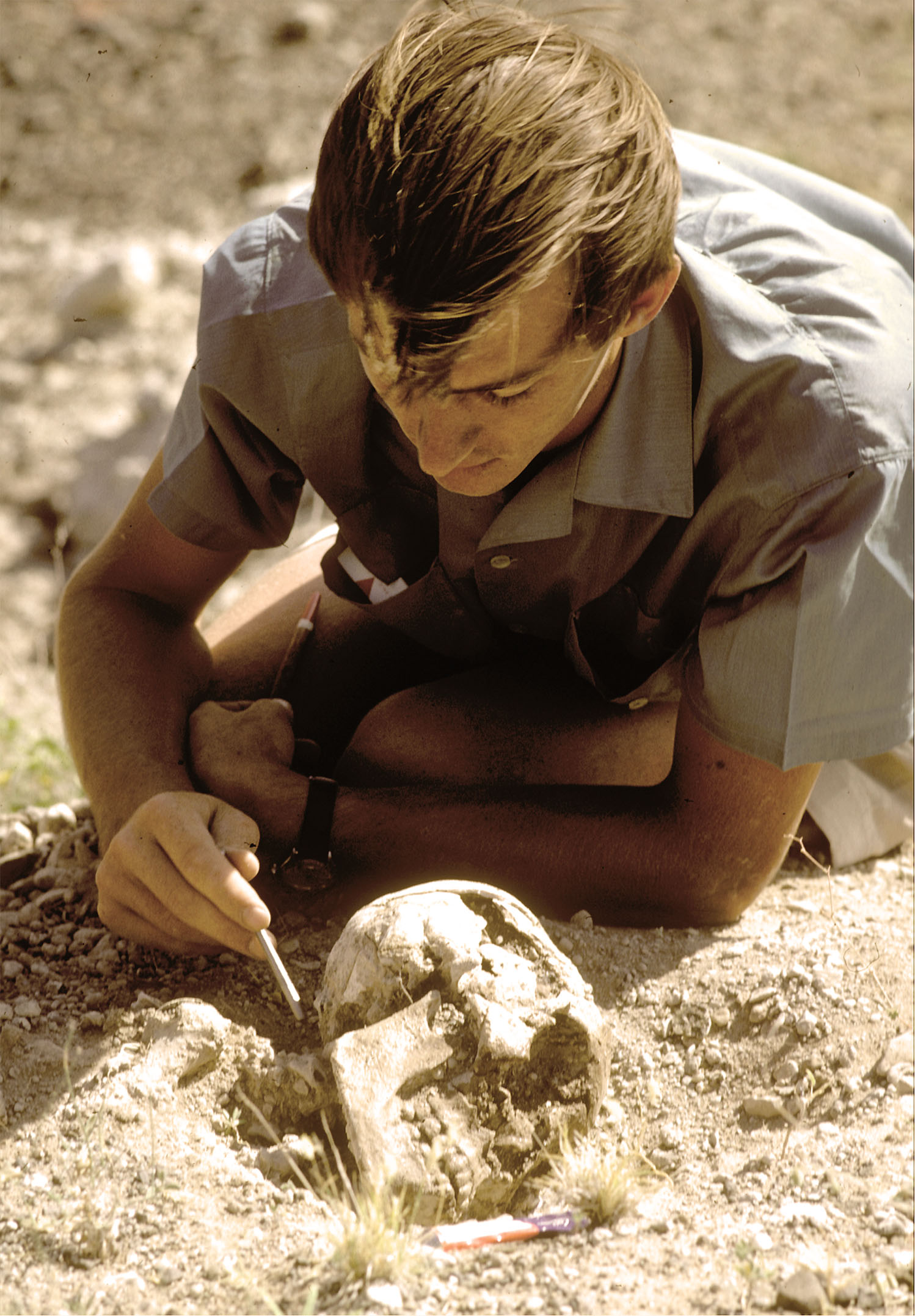
World-Renowned Paleoanthropologist Richard Leakey To Be Honored at Week-Long Conference at Stony Brook University
Stony Brook University will honor the life and legacy of eminent paleoanthropologist, conservationist and politician Richard E. Leakey by hosting “Africa: The Human Cradle: An International Conference Paying Tribute to Richard E. Leakey” from June 5 – 9, 2023 at the university’s Charles B. Wang Center. The Turkana Basin Institute (TBI) and Stony Brook are hosting the conference, in partnership with the National Geographic Society. Thought leaders from around the world will celebrate the immeasurable, life-long contributions by Leakey to furthering the appreciation of Africa’s centrality in the narrative of human evolution.
UC Irvine’s Leo Chavez elected to membership in the American Academy of Arts & Sciences
Acclaimed anthropologist, author and professor Leo Chavez from the University of California, Irvine – best known for his work in international migration, particularly among Latin American immigrants – has been elected to membership in the American Academy of Arts & Sciences. The 243rd class of inductees includes nearly 270 people from around the world, recognized for their accomplishments and leadership in academia, the arts, industry, public policy and research.
New studies push back evidence for open habitats in Africa by more than 10 million years
Using rigorous and detailed collection methods, a University of Minnesota Twin Cities-led research team was able to place the remains of fossil apes, such as Morotopithecus, within detailed habitat reconstructions.
Early crop plants were more easily ‘tamed’
Plants are capable of responding to people and have behaviors comparable to tameness, according to authors of new research that calls for a reappraisal of the process of plant domestication, based on almost a decade of observations and experiments.
“Exquisite” sabertooth skull offers clues about Ice Age predator
The recent discovery of a complete sabertooth cat skull from southwest Iowa provides the first evidence of this animal in the state. It also offers clues about an iconic Ice Age predator before the species went extinct roughly 12-13,000 years ago. Researchers believe the skull belonged to a subadult male that may have preyed on giant ground sloths.
Lasers and chemistry reveal how ancient pottery was made — and how an empire functioned
Peru’s first great empire, the Wari, stretched for more than a thousand miles over the Andes Mountains and along the coast from 600-1000 CE.
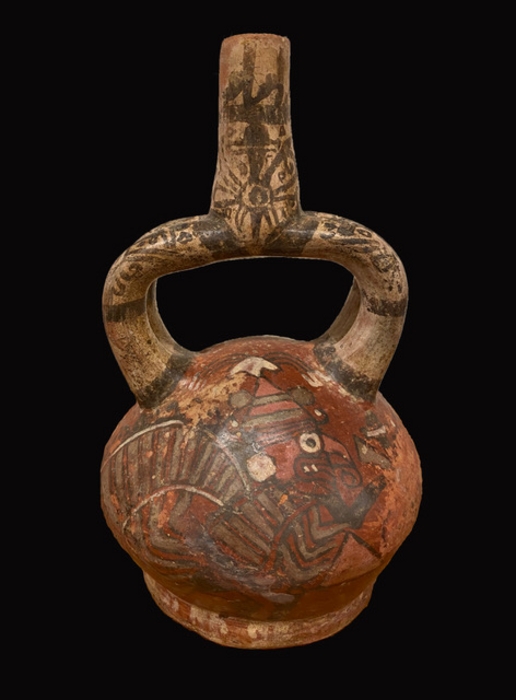
The colors on these ancient pots hint at the power of an empire
In a new study, archaeologists compared the colors on pieces of ancient Peruvian pottery. They found that potters across the Wari empire all used the same rich black pigment to make ceramics used in rituals: a sign of the empire’s influence.
Archaeological study of 24 ancient Mexican cities reveals that collective forms of governance, infrastructural investments, and collaboration all help societies last longer
Some cities only last a century or two, while others last for a thousand years or more. Often, there aren’t clear records left behind to explain why.
Want to be influential and drive change? Be a woman (on a farm in Indonesia)
When it comes to being an influencer on Instagram and other social media platforms, women rule the roost.
Unique Discovery Offers Glimpse of Provincial Culture in Inka Empire
A new study co-authored by a George Washington University research professor examines the Inka Empire’s instruments of culture and control through a well-preserved article of clothing discovered in a centuries-old Chilean cemetery. Researchers excavating the burial site along Caleta Vítor…
Study reveals average age at conception for men versus women over past 250,000 years
Using a new method based upon comparing DNA mutation rates between parents and offspring, evolutionary biologists at Indiana University have for the first time revealed the average age of mothers versus fathers over the past 250,000 years, including the discovery that the age gap is shrinking, with women’s average age at conception increasing from 23.2 years to 26.4 years, on average, in the past 5,000 years.
New Book Explores the Resilience of the Ancient Maya
In his new book, The Maya and Climate Change, CSUDH Assistant Professor of Anthropology Ken Seligson explains how human-environment relationships allowed the Maya to flourish.
Footprints indicate the presence of man in Southern Spain in the Middle Pleistocene, 200,000 years earlier than previously thought
The researcher and GRS Radioisotopes technician from the University of Seville, Jorge Rivera, has participated in an incredible discovery that is unique in Europe.
Ancient DNA Analysis Sheds Light on the Early Peopling of South America
Using DNA from two ancient humans unearthed in two different archaeological sites in northeast Brazil, researchers have unraveled the deep demographic history of South America at the regional level with some surprising results. Not only do they provide new genetic evidence supporting existing archaeological data of the north-to-south migration toward South America, they also have discovered migrations in the opposite direction along the Atlantic coast – for the first time. Among the key findings, they also have discovered evidence of Neanderthal ancestry within the genomes of ancient individuals from South America. Neanderthals ranged across Eurasia during the Lower and Middle Paleolithic. The Americas were the last continent to be inhabited by humans.
Britney Kyle, Ph.D., a professor at the University of Northern Colorado is a biological anthropologist who seeks to understand human variation and evolution based on the study of populations from the last 10,000 years.
Britney Kyle, Ph.D., a professor at the University of Northern Colorado is a biological anthropologist who seeks to understand human variation and evolution based on the study of populations from the last 10,000 years. She most recently co-authored an article…
Study reports first evidence of social relationships between chimpanzees, gorillas
A long-term study led by primatologist Crickette Sanz at Washington University in St. Louis reveals the first evidence of lasting social relationships between chimpanzees and gorillas in the wild.Drawn from more than 20 years of observations at Nouabalé-Ndoki National Park in the Republic of Congo, researchers documented social ties between individual chimpanzees and gorillas that persisted over years and across different contexts.
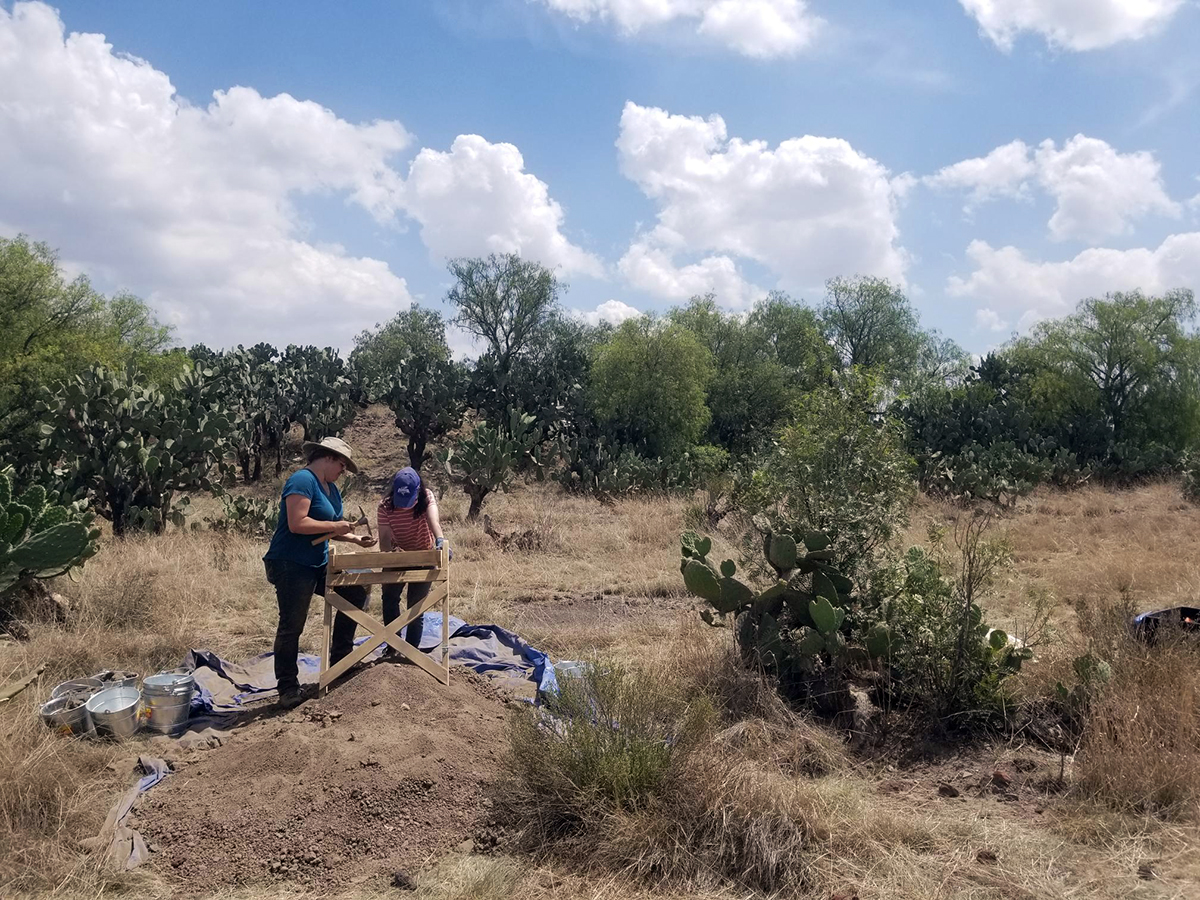
Search for clues may explain the collapse of ancient city in Mexico
Faculty and students from ISU joined an international team of archaeologists this summer to begin excavating one of Teotihuacan’s suburbs. The four-year project could help unlock clues about the ancient city’s mysterious collapse and what happened in the hundreds of years before Spanish conquistadors arrived in central America.
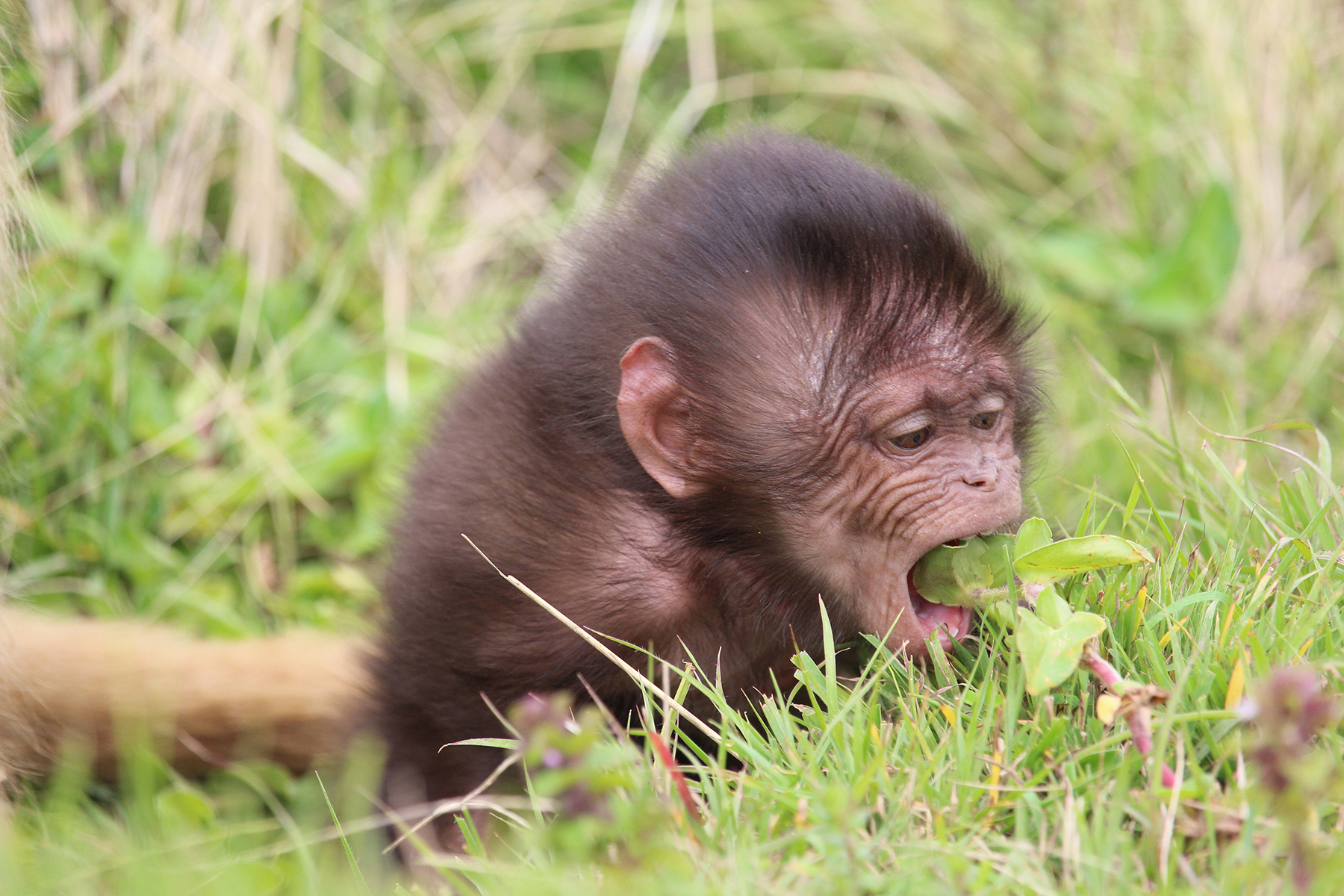
Research of a Wild Primate Shows Maternal Effects Key to Gut Microbial Development
A study of wild geladas provides the first evidence of clear and significant maternal effects on the gut microbiome both before and after weaning in a wild mammal. This study suggests the impact of mothers on the offspring gut microbiome community extends far beyond when the infant has stopped nursing.
Octopus lures from the Mariana Islands found to be oldest in the world
An archaeological study has determined that cowrie-shell artifacts found throughout the Mariana Islands were lures used for hunting octopuses and that the devices, similar versions of which have been found on islands across the Pacific, are the oldest known artifacts of their kind in the world.
With NIH funding, University of Oregon professor dives deeper into aging research
A look into how environmental variables accelerate, slow or even reverse the aging process is the focus of a University of Oregon anthropologist whose research was recently funded by the National Institutes of Health.
Did Gonorrhea Give Us Grandparents?
UC San Diego researchers tracked the evolution of a gene variant that supports cognitive health in older humans, but may have first emerged to protect against bacteria.
The importance of elders
Researchers argue that the long human lifespan is due in part to the contributions of older adults.
Study points to Armenian origins of ancient crop with aviation biofuel potential
Camelina, also known as false flax or Gold-of-Pleasure, is an ancient oilseed crop with emerging applications in the production of sustainable, low-input biofuels. Multidisciplinary research from Washington University in St. Louis is revealing the origins and uses of camelina and may help guide decisions critical to achieving its potential as a biofuel feedstock for a greener aviation industry in the future.
The Persistent Effects of Colonialism in Caribbean Science
Prior to the first world war, sprawling European empires collectively controlled roughly 80% of Earth’s landmass.
Children and Adolescents Can Walk Efficiently at the Same Pace as Adults
Ana Mateos and Jesús Rodríguez, scientists at the Centro Nacional de Investigación sobre la Evolución Humana (CENIEH), have published an experimental energy study in the American Journal of Biological Anthropology, which shows that children and adolescents can walk at a speed close to the optimal pace for adults, with hardly any locomotion energy costs or departing from their own optimal speed.
A Child of darkness
An international team of researchers, led by Professor Lee Berger from the University of the Witwatersrand, Johannesburg, South Africa (Wits University) has revealed the first partial skull of a Homo naledi child that was found in the remote depths of the Rising Star cave in Johannesburg, South Africa.
Drone helps researchers find fresh water in the sea at Easter Island
Researchers at Binghamton University, State University of New York have demonstrated the effectiveness of using drones to locate freshwater sources at Easter Island.
Prehistoric humans rarely mated with their cousins
The researchers re-analyzed previously published DNA data from ancient humans that lived during the last 45,000 years to find out how closely related their parents were.
New evidence supports idea that America’s first civilization was made up of ‘sophisticated’ engineers
The Native Americans who occupied the area known as Poverty Point in northern Louisiana more than 3,000 years ago long have been believed to be simple hunters and gatherers. But new Washington University in St. Louis archaeological findings paint a drastically different picture of America’s first civilization.
Researchers identify record number of ancient elephant bone tools
Ancient humans could do some impressive things with elephant bones.
Study shows evidence of beer drinking 9,000 years ago in Southern China
Alcoholic beverages have long been known to serve an important socio-cultural function in ancient societies, including at ritual feasts.
‘Digging’ Into Early Medieval Europe with Big Data
During the middle of the sixth century CE a dramatic transformation began in how the people of western Europe buried their dead.